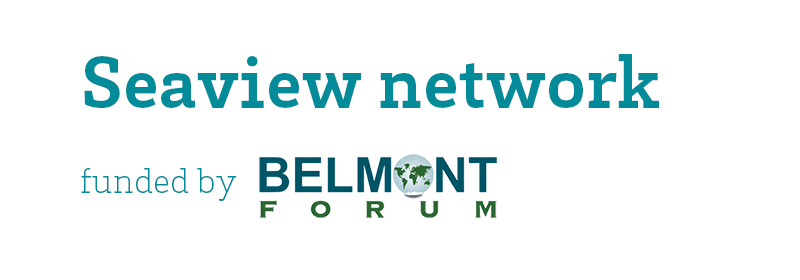The Co viability scenario: ecologically and economically viable
The co-viability scenario intends to guarantee both the conservation of Spawning Stock Biomass of all three species and the economic viability of all the fishing sub-fleets. A central planner requires that both the ecological and economic constraints are satisfied. The associated combinations of effort multipliers are identified such that they maximize the co-viability probability.

This strategy is ecologically viable with guaranteed high population viability probability (100%) ; i.e. biomass trajectories lie above the precautionary thresholds for every species.
Moreover the economic performance of this strategy is also high, with an economic viability probability superior to 95% under a base case scenario In at least 94.4% of the cases, every sub-fleet exhibits strictly positive profit throughout time. Bio-economic outcomes are obtained through redistributing fishing effort among the sub-fleets. While no sub-fleet is made inactive, the strategy leads to significant reductions in the capacity of some sub-fleets, (mostly trawlers) that have an important impact on modelled species. Moreover, to reduce economic risk (i.e. to increase the probability of economic viability), the sub-fleets with the most variability in their profit must decrease their capacity under this strategy.While the profitability of each fleet is guaranteed and the economic risk is reduced, the global economic performance of the fishery (i.e. NPV) is smaller. Not surprisingly, the loss in NPV is stronger under a most likely scenario.










